Certain cars from yesterday’s Indian motoring have indisputable potential as electric vehicles
In the current scenario, claiming that “the future is electric” is baseless. If Mother Earth really needs to stay healthy as EV makers and enthusiasts state, there should be an optimal balance between electric vehicles and cleaner ICE engines (preferably petrol- or ethanol-hybrids).
Several developing countries, including India, depend on fuming coal power plants to generate electricity. In other words, an EV-only market would indirectly add to the scale of emissions rather than limiting it. Furthermore, excessive mining of lithium (a primary component in modern battery packs) and careless disposal of used batteries would cause serious damage to the ecosystem. Hence, it is not about making the shift but striking a balance.
In India, there is a growing interest in emission-free modes of transport among OEMs as well as the government. Considering the general jam-packed and polluted nature of our streets, EVs are indeed a necessity. At the moment, electric vehicles (irrespective of category) come at a higher price tag compared to equivalent ICE examples. Even so, with efficient advancement in electric powertrains and battery technology, one can expect them to be on par with or better than the regulars.
At least in our market, EVs cannot make a revolution on the sales chart unless the average buyer sees a unique charm in them, in addition to factors such as affordability, practicality and reliability. To achieve this, we believe that certain iconic products from India’s automotive history should make a comeback in all-electric avatars. Here are five such cars that could be brilliant without tailpipes:
Tata Nano
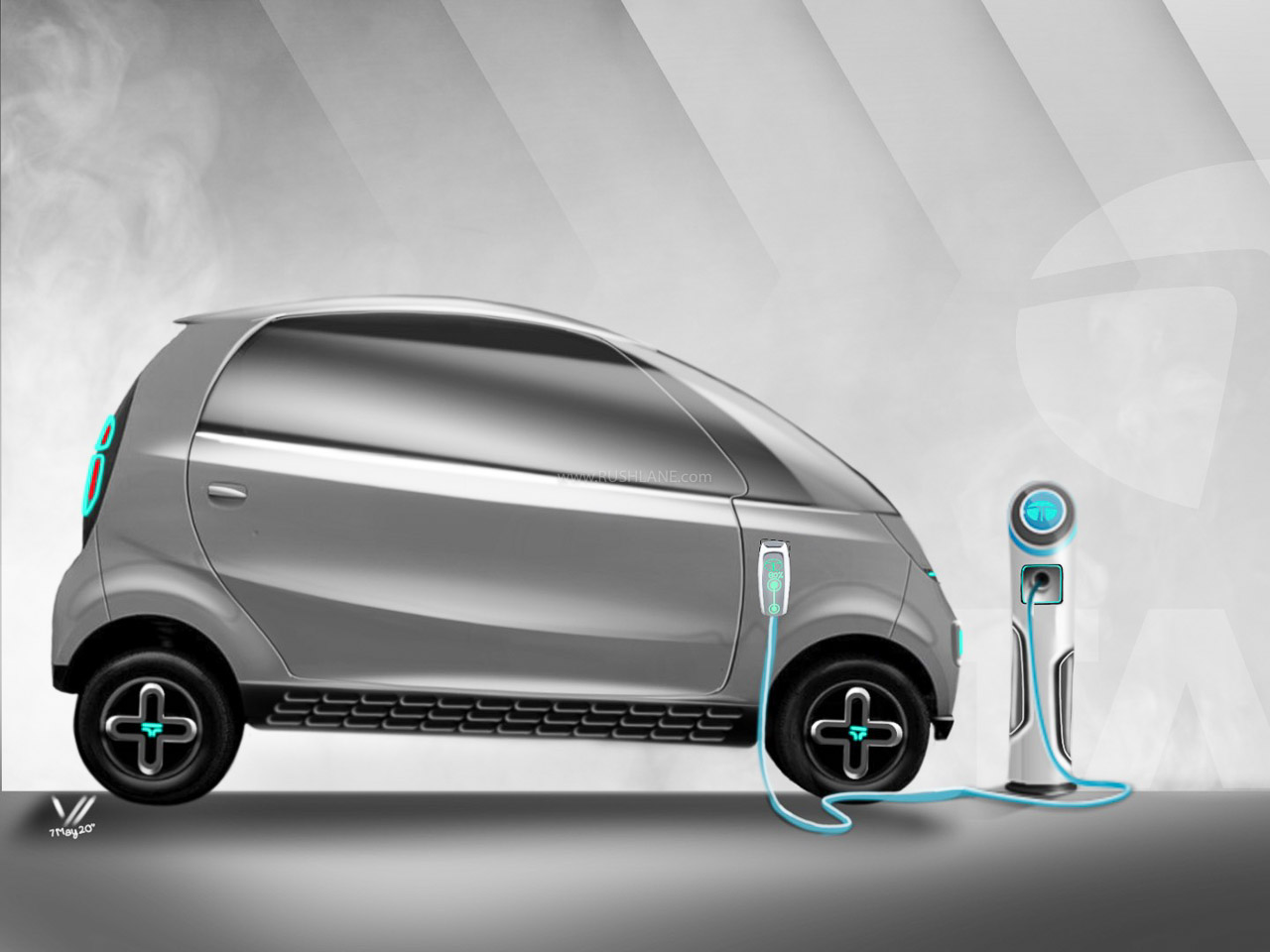

Tata Nano Electric iNano EV Concept by Vishal Verma
Tata Motors’ Nano project was an honest effort in making a spacious and safer option for Indian families who would otherwise have to travel on a two-wheeler. It was a genius case in point of efficient vehicle packaging even though it could not carry the initial asking price of Rs 1 lakh for long. Production started in 2008 and due to plummeting sales and stringent regulations, it was discontinued in 2018.
Depending on battery placement, electric powertrains are generally more compact than an equivalent ICE. The Tata Nano is arguably one of the best examples in terms of automotive space efficiency and an all-electric chassis could make it perfect for urban markets.
Maruti 800
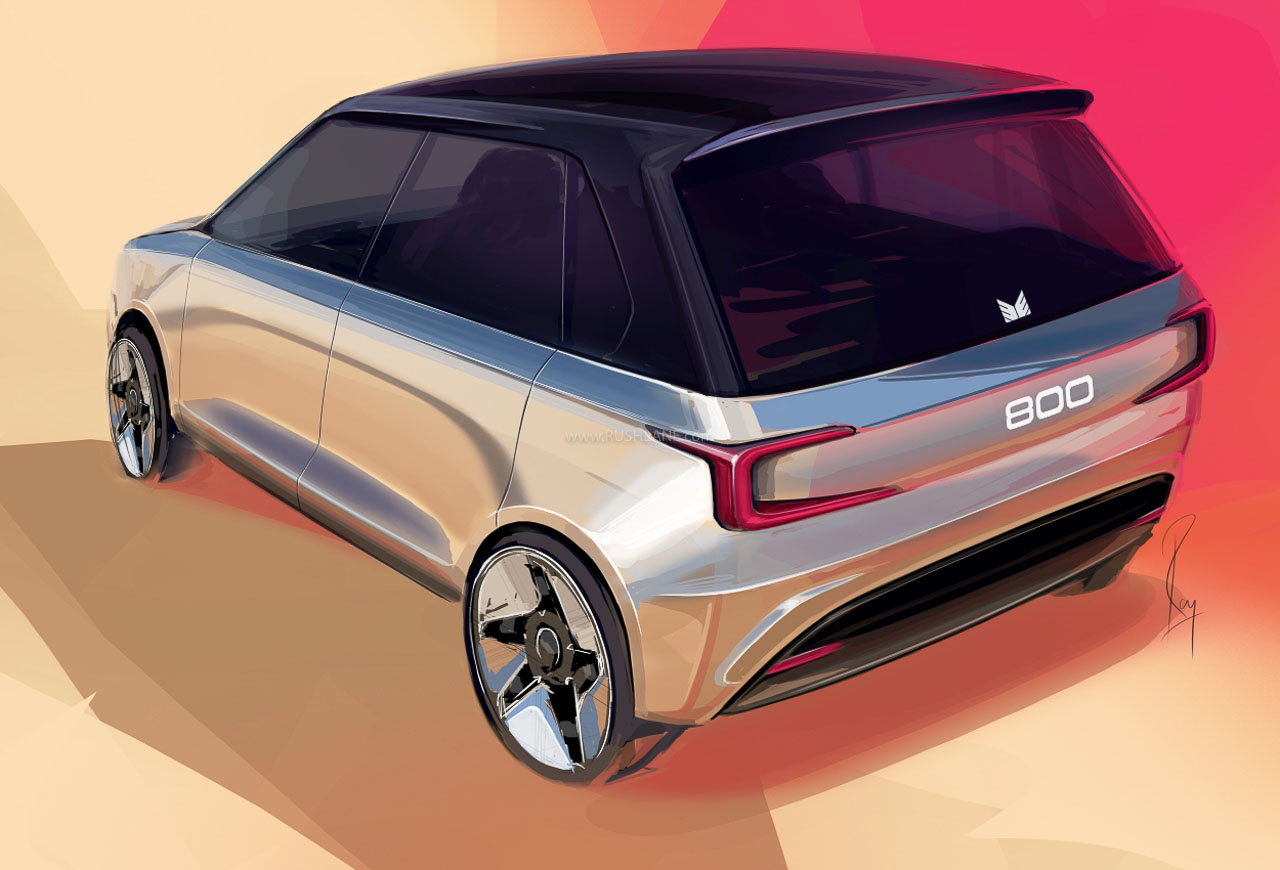

Maruti 800 electric render by Rajshekar Dass
Of course, this is an obvious choice. Produced between 1983 and 2014, the Maruti 800 (from the days of Maruti Udyog or the old ‘M’ logo) was an important milestone in India’s automotive scenario as it placed the wider Indian mass in their own set of wheels. Almost every person born in the ‘80s and ‘90s would have had an 800 in their garage or somewhere within the family.
Maruti Suzuki’s first production EV would be the WagonR Electric. Still, a reimagined ‘800 EV’ could have been the better option since the original model holds such a strong nostalgia element. In EV format, It may not remain a budget offering but could be a compelling alternative to premium hatchbacks (in Indian standards) such as Maruti Suzuki’s Baleno.
Maruti Gypsy
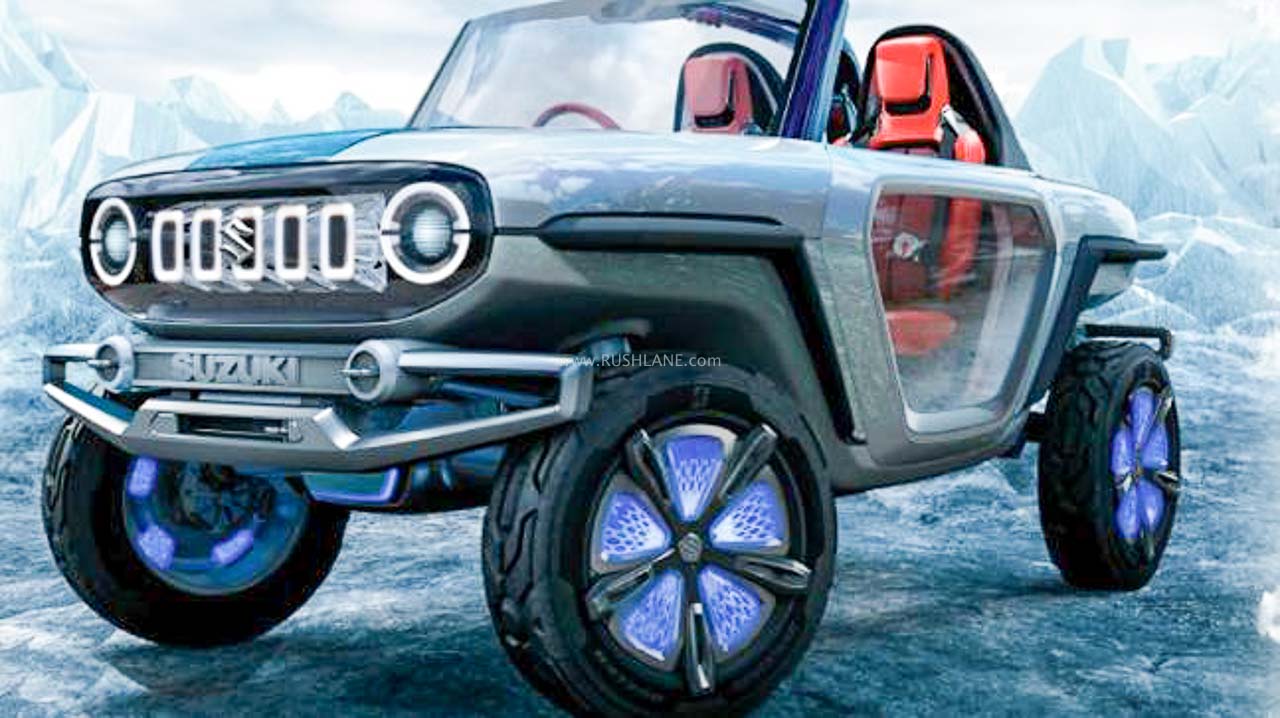

Suzuki Survivor Concept for reference
Unpopular opinion but in a parallel dimension, the legendary Maruti Gypsy (second-gen India-spec Suzuki Jimny sold between 1985-2018) could work well in a modernised EV format. At least from the current state of affairs, it is evident that Maruti Suzuki fails to see potential in the fourth-gen Jimny and would most likely lose the segment to Mahindra’s 2020MY Thar — reportedly a benchmark.
The Maruti Gypsy, in its best form, came with a rev-happy G13B petrol motor which may never make a return as emission norms are becoming stricter with time. While an all-electric Gypsy may not sound cool on paper, the ability of electric powertrains to product maximum torque from zero RPM is a less-discussed boon over tricky terrain. Chances of Maruti Suzuki wholeheartedly making a fun-to-drive product is very low as its product strategy is quite different (for instance, the Ignis is apparently a ‘compact urban SUV’).
Hindustan Ambassador
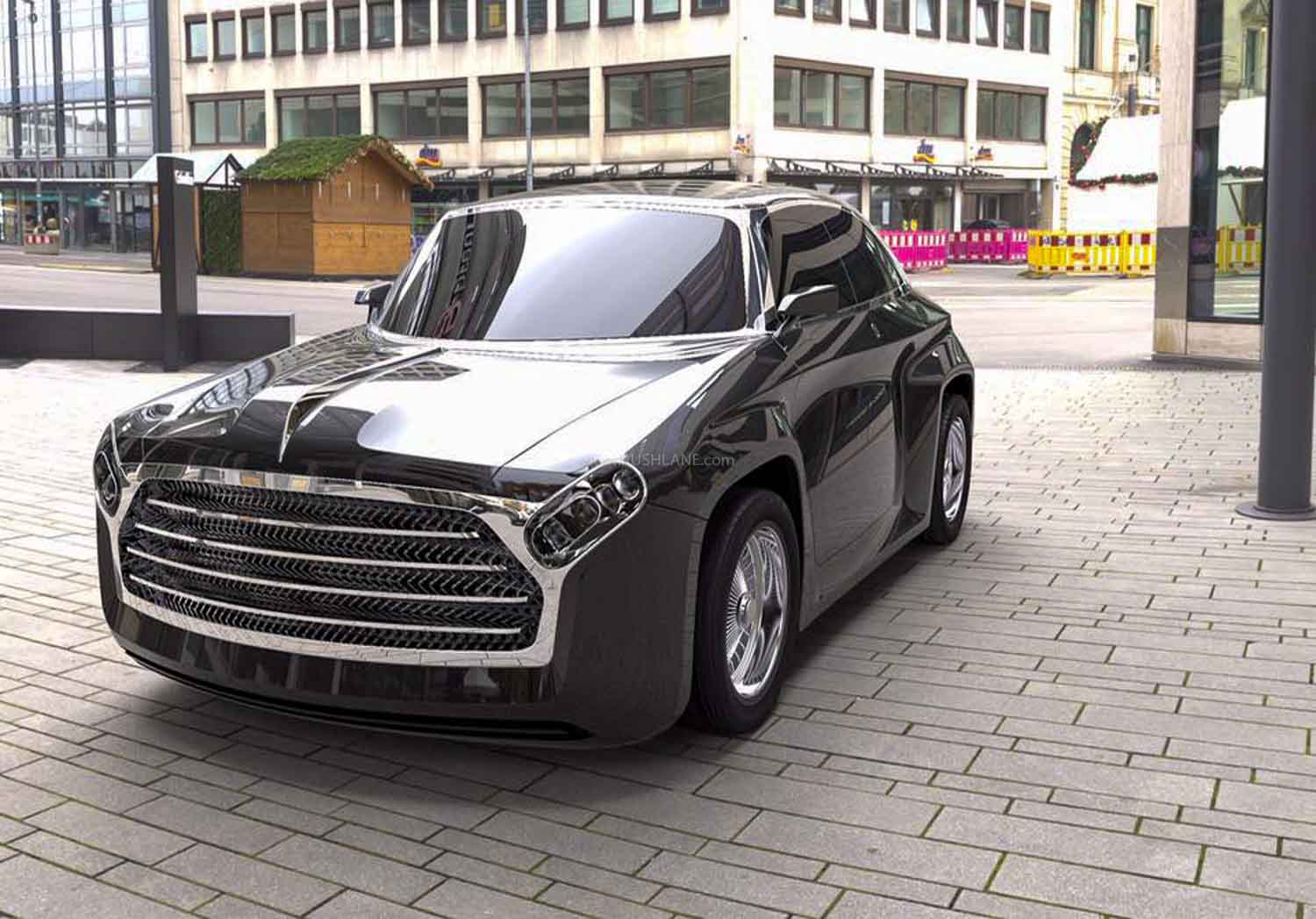

DC Design Ambassador
Originally derived from the Morris Oxford Series III saloon, the Hindustan Ambassador was one of the longest-running Indian cars ever made (sold from 1958-2014). French automaker Groupe PSA bought the rights for ‘Ambassador’ brand from Hindustan Motors back in 2017 and ever since, the internet has come across several speculative renders and rumours regarding its comeback.
In recent times, it was DC Design (now DC2) which hit all headlines with an all-electric Ambassador concept. Dubbed the e-Amby, its popularity has even reached the office of motoring journalist, Jeremy Clarkson. Whilst DC2’s version is radically different from the design we all are familiar with, a modernised Ambassador EV could generate significant interest.
Premier Padmini
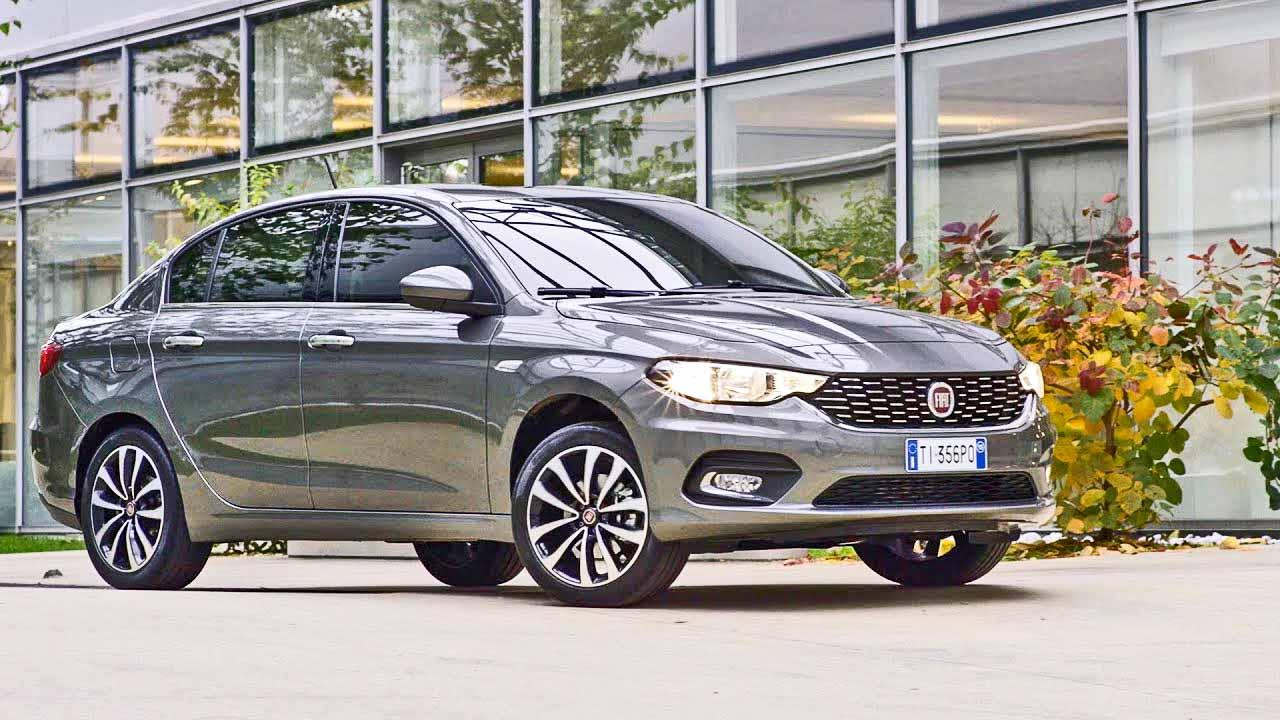

Fiat Tipo sedan – Image for reference.
It was in 2018 that FCA (Fiat Chrysler Automobiles) withdrew Fiat India from our market. Even though products such as Abarth Punto, Avventura, Palio 1.6 GTX, etc, were really good in many aspects, poor business strategies opened doors to demise. However, the Premier Padmini saloon (sold by Premier Automobiles Limited between 1964-2000) occupies a special place in the timeline. Like the HM Ambassador, it was a popular sight on the roads back in the day.
Based on the Fiat 1100, the Padmini was often considered a step above the Ambassador as a status symbol. It is hard to come by a neat Premier Padmini example these days (especially a petrol model). Amidst the sad trend of tasteless customisations and ‘rebirths’, the saloon deserves a freshened up modern sibling with an efficient electric powertrain, simply because engaging ICE engines are becoming rarer ‘in regular cars’.



